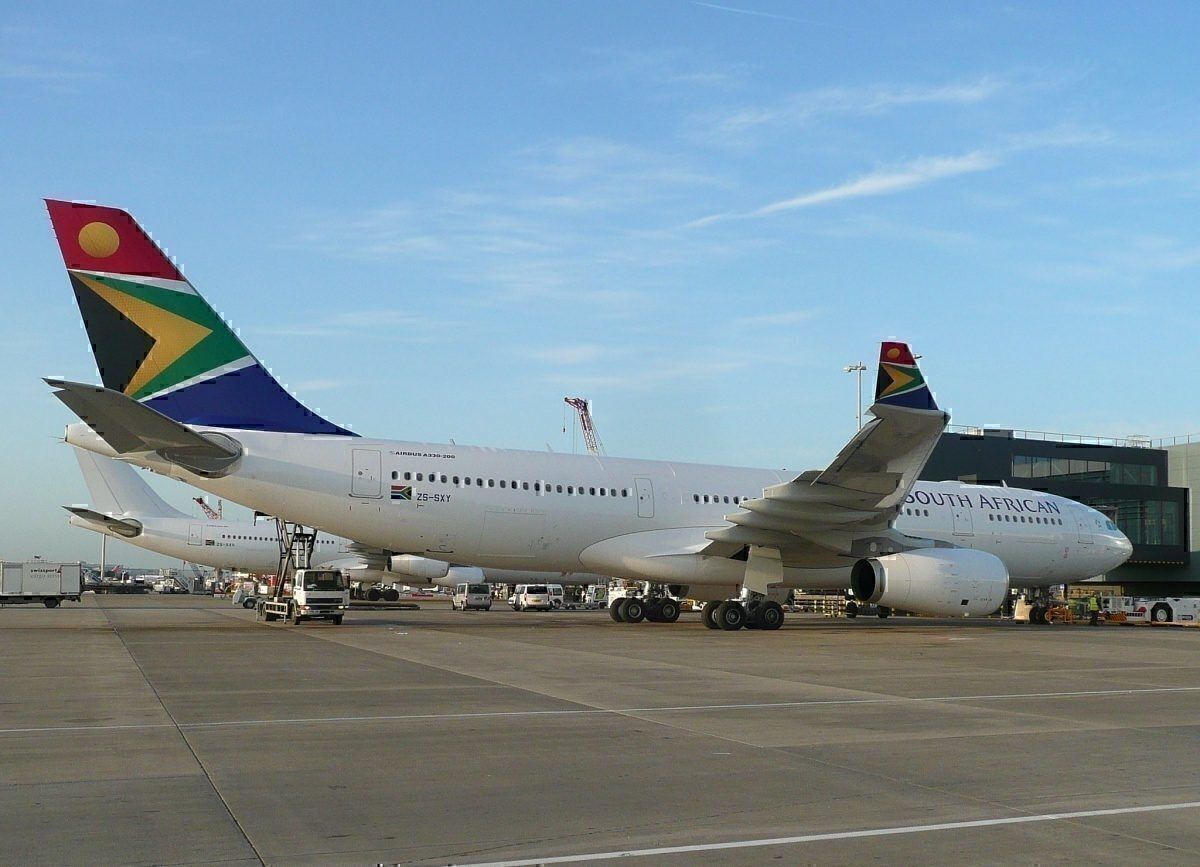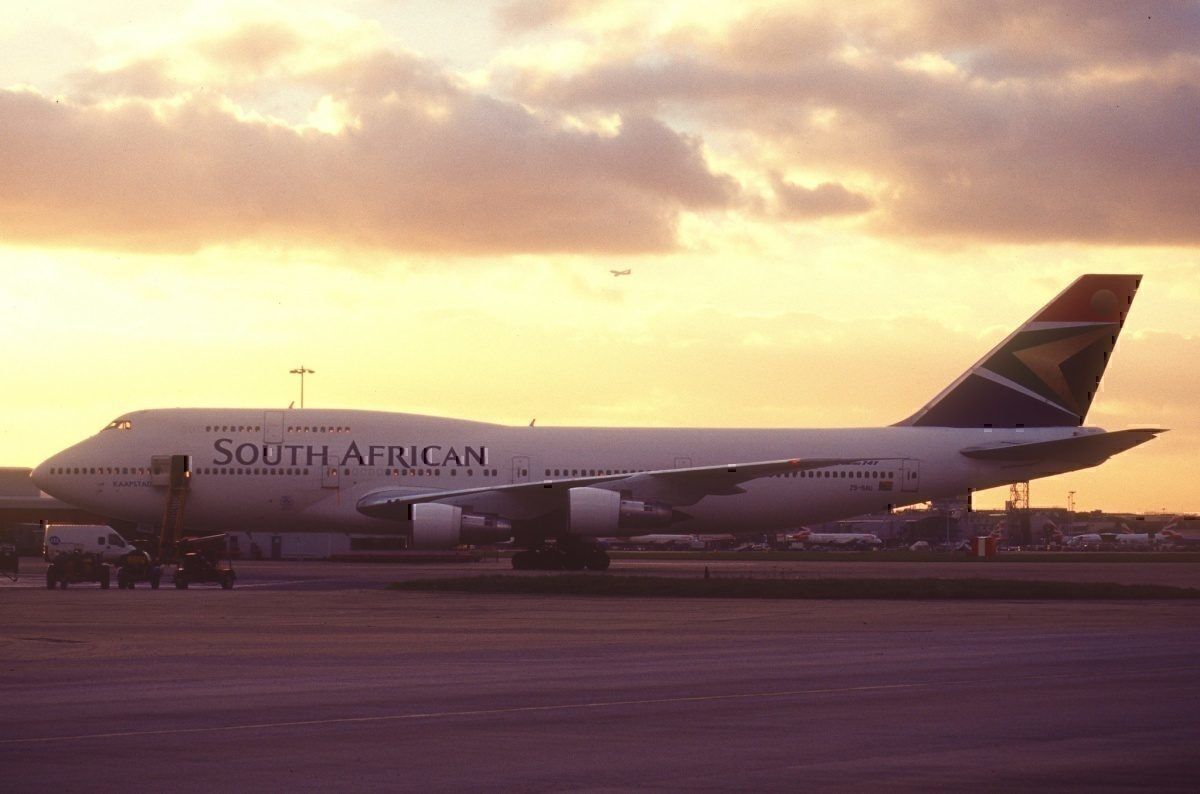South African Airways' financial struggles are well known, and at this point in dire straits. The national carrier is being kept afloat by bailout after bailout, with no anticipated improvement expected in the near future - especially not with its history of inept management.
It seems as if the breaking point is imminent for the pilots in the employ of SAA, with a strike being threatened if operational demands and expectations aren't met in the coming months. In a country where protest and strike actions are an everyday occurrence, it seems almost overdue. This is why SAA's pilots are threatening to take their first strike action in more than 80 years...
SAA's money trouble
As of June 2019, South African Airways' debt stood at more than ZAR20 billion, or approximately USD1.3 billion. This amount in arrears is clearly unsustainable, which has been admitted by board member Martin Kingston. To compound matters even more, the airline has been unable to post a profit for the last eight years, stretching back to 2011.
Some of the issues driving the debt include mismanagement, corruption, and a lack of expertise in key roles. Despite receiving a number of bailouts, the organization and the South African government is continuously battling a struggling economy and the effects of fuel price increases and inflation. It has become increasingly difficult for SAA to justify further bank loans, with much of its projections for profit relying heavily on variables outside of its control.
The situation has been exacerbated by the recent resignation of Vuyani Jarana as CEO. The resignation in itself might not have caused the same amount of concern were it not for the former CEO's resignation letter.
The contents gave a vivid description of political influence holding back the airline's turnaround plans, with many stakeholders seeing it as an unwillingness on the part of the government to fix the issue. Coupled with operational failures, the South African Airways Pilots' Association (SAAPA) conducted its own investigation into the state of current working conditions, with the outcome completely damning.
Pilots make themselves heard
South Africa's economic circumstances have led to a high prevalence of strike action. It is a near-daily occurrence in the fledgling democracy, though this tendency has not shown itself in regard to the pilots who fly the national carrier.
In fact, in its entire 85-year history, not one pilot strike action has taken place. This makes the need for improvements even more pressing. The results of SAAPA's internal investigation, in which 81% of South African Airways' pilots participated is a serious cause for concern:
- More than 90% of the pilots considered operations management to be poor to extremely poor.
- Nearly all of those participating in the survey supported taking a stand to enforce tangible change.
- 90% of the pilots supported the initiation of protected industrial action, in order to achieve a higher standard within SAA
Consequentially, SAAPA has demanded that SAA satisfy a list of demands, in order to prevent such action.
Ultimatum
The pilots' association listed five points on which South African Airways need to act, in order to avoid a catastrophic industrial action. In short, SAAPA demands:
- The appointment of a CEO with relevant work experience in the turnaround of an airline carrier such as SAA, within 90 days.
- The appointment of someone with the skillset, knowledge, and experience related to jet-powered aircraft operations. In other words, a current or former pilot.
- The restructuring of the airline, based on the operational models of a number of world-class airlines. This includes the appointment of a DFO (Director of Flight Operations) from the ranks of SAAPA, with the association involved in the selection process.
- An independent skills audit, within 60 days, of all general managers and heads of department - acting or permanent - according to global best practice.
- Compliance and adherence to collective agreements between SAAPA and SAA.
Simple Flying has reached out to SAA for comment on the probability of the airline to meet these demands. This article will be updated as soon as feedback is forthcoming.



